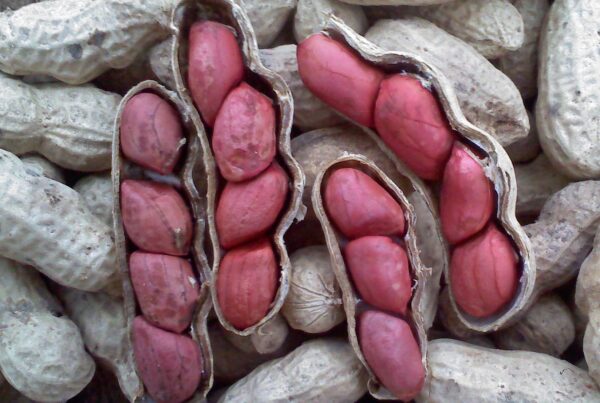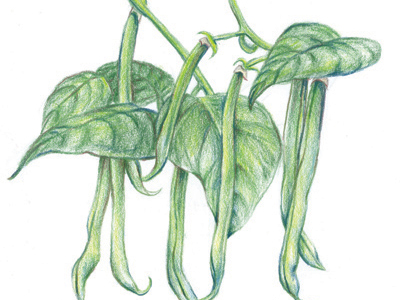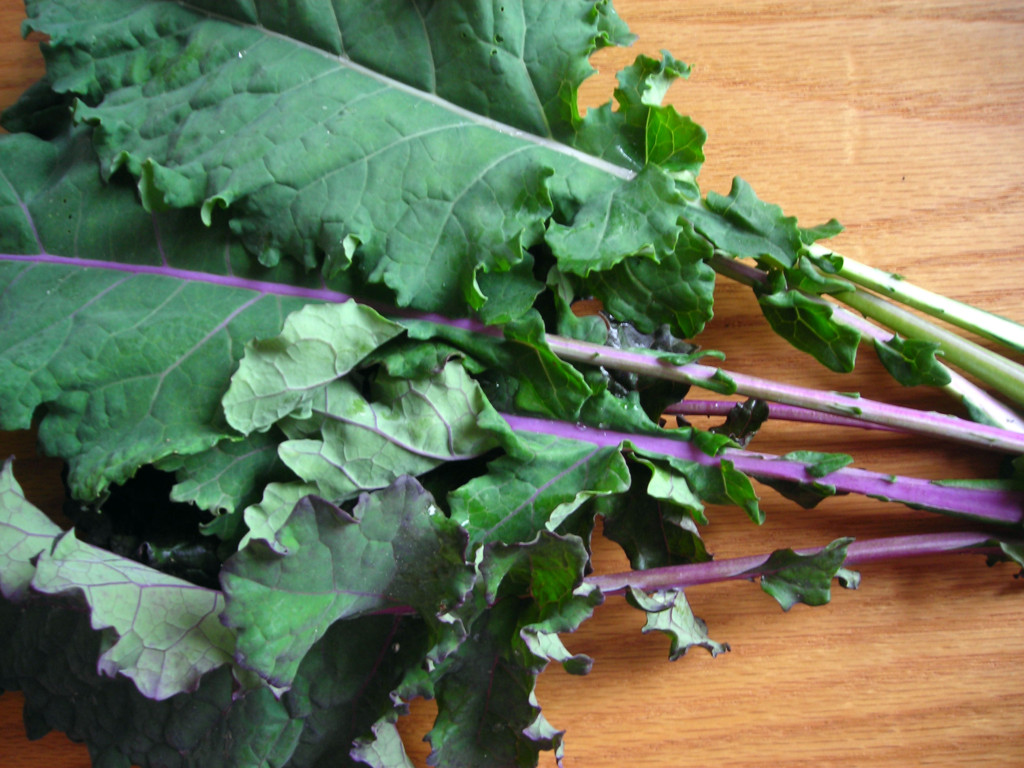
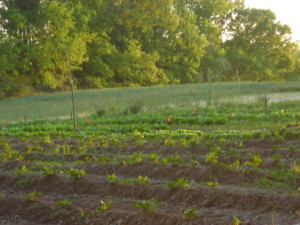 March is the perfect time to sow radishes. They’re quick and easy to do right now, and you can eat them with carrots in your salad bowl later. Start chard now for fresh greens all summer. Continue sowing your successions of lettuces, greens, and carrots for a sustained salad harvest in the months to come. And be sure to consider one of our new varieties of mixed greens, like Lacinato Rainbow Mix kale with its exciting array of reds and purples and if you don’t know which types of lettuce you might like on your plate, try our Wild Garden lettuce mix for a bit of everything.
March is the perfect time to sow radishes. They’re quick and easy to do right now, and you can eat them with carrots in your salad bowl later. Start chard now for fresh greens all summer. Continue sowing your successions of lettuces, greens, and carrots for a sustained salad harvest in the months to come. And be sure to consider one of our new varieties of mixed greens, like Lacinato Rainbow Mix kale with its exciting array of reds and purples and if you don’t know which types of lettuce you might like on your plate, try our Wild Garden lettuce mix for a bit of everything.
March is also a good time for transplanting perennials like rhubarb, asparagus, raspberries, strawberries, blueberries, and blackberries if you didn’t do this task in the fall. Put any compost you can spare on your berry and other perennial beds for a sweet reward in May and June. All these acid loving berries thrive with a heavy mulch of sawdust or pine needles so top off your beds.
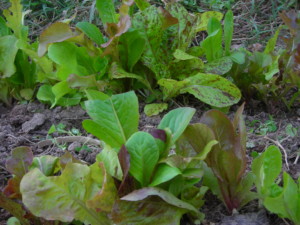 Plant your early potatoes as soon as possible after St. Patrick’s Day. Get them off to a good start by green chitting. (This practice of pre-sprouting seed potatoes before planting encourages early growth.) It is widely used abroad, but less known to Americans. Chitting is simple. Spread the seed tubers in boxes or flats one layer deep with the seed end up. Look closely at a seed potato and you will notice one end was attached to the plant. The other end has more eyes from which sprouts emerge. The end with the eye cluster is called the seed end. Place your flats in a warm area (70 degrees) where light is bright but indirect. The warm air stimulates the development of strong sprouts from the bud eye clusters, which, in the presence of light, remain stubby and are not so easily broken off. Allow 1 to 2 weeks of chitting before planting. When ordering your seed potatoes add in some extra storage varieties for a June planting to harvest late in the fall for best keeping quality.
Plant your early potatoes as soon as possible after St. Patrick’s Day. Get them off to a good start by green chitting. (This practice of pre-sprouting seed potatoes before planting encourages early growth.) It is widely used abroad, but less known to Americans. Chitting is simple. Spread the seed tubers in boxes or flats one layer deep with the seed end up. Look closely at a seed potato and you will notice one end was attached to the plant. The other end has more eyes from which sprouts emerge. The end with the eye cluster is called the seed end. Place your flats in a warm area (70 degrees) where light is bright but indirect. The warm air stimulates the development of strong sprouts from the bud eye clusters, which, in the presence of light, remain stubby and are not so easily broken off. Allow 1 to 2 weeks of chitting before planting. When ordering your seed potatoes add in some extra storage varieties for a June planting to harvest late in the fall for best keeping quality.
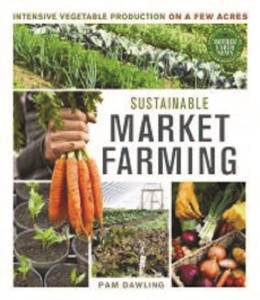
All thru the garden season we often thumb through our well-used copy of Sustainable Market Farming by local gardener Pam Dawling who grows food for the 100 residents of Twin Oaks Community and my own Timber Press Guide to Vegetable Gardening in the Southeast. Pam is also a contributing editor to Growing for Market Ma
gazine. It might sound like this book is only for farmers but Pam has something to offer every vegetable gardener in our region. Pam has done a fantastic job making the book well organized and easy to read for the beginner but detailed enough to be a useful reference for experienced growers who want to bring a variety of healthy fresh delicious food to market year-round. What really gets me excited about Sustainable Market Farming is having the details and examples come from our own Louisa county, Virginia. To learn more from Pam visit her blog www.sustainablemarketfarming.com.

